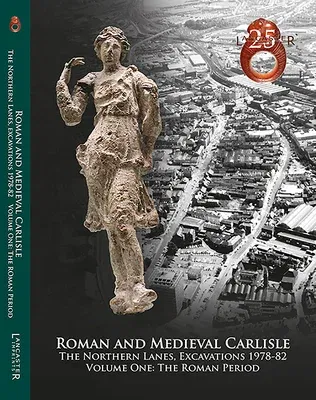In the mid-1970s, Carlisle City Council finalized proposals for the
redevelopment of the Lanes, a densely built-up area in the northeast
corner of the city's historic core, which, at the time, was crossed by
19 narrow lanes or vennels. These were to be swept away, and the area
cleared, for the construction of the Lanes shopping center. Previous
archaeological work had confirmed the existence of complex Roman and
medieval deposits in this part of the city, most of which would be
destroyed by the new development. Consequently, a program of
archaeological and historical investigation, funded by Carlisle City
Council, the Department of the Environment (now Historic England), the
Manpower Services Commission, the Marc Fitch Fund and the Society of
Antiquaries of London, was undertaken between 1978 and 1982. Historic
England also provided substantial funding for post-excavation analysis
and publication of the project's results. To this day, the Lanes retains
its position as one of the largest and most significant urban
archaeological projects ever undertaken in northern England.
For post-excavation purposes, the project was split into two parts, the
northern and southern Lanes, the results of the latter being published
in 2000. The current volume presents the evidence for Roman occupation
within the northern Lanes, from the construction of a probable military
camp and a series of large timber buildings, possibly mansions, in the
early Roman period, to the expansion of civilian settlement across this
area during the mid-late second century AD, which saw the emergence of a
distinct pattern of building plots. Good preservation of waterlogged
organic materials was a feature of the earlier levels, which yielded a
wealth of environmental information and many artifacts of wood and
leather. The post-Roman evidence from the northern Lanes will be
presented in a companion volume.

